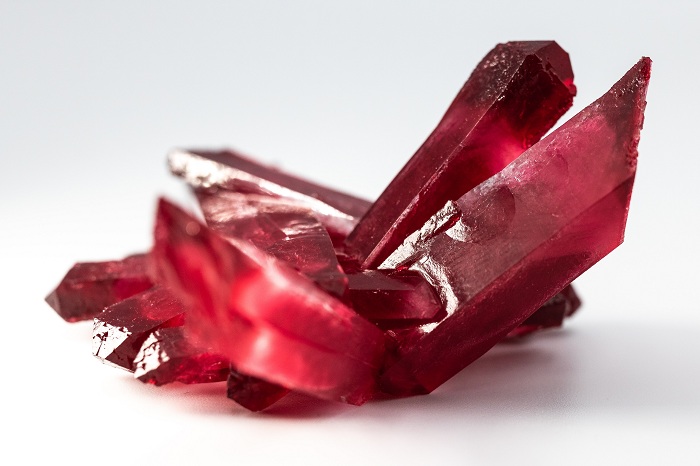Researchers from the University of Waterloo, Canada, have found ancient life in a 2.5 billion-year-old ruby. The team analyzed the geology of ancient rubies in Greenland, which has the oldest rubies in the world.
The team found carbon graphite inside a ruby. Graphite is a mineral made purely of carbon, a building block for life. They analyzed the ruby and concluded that it was a remnant from the early days of earth. This gemstone showed that life could have been on earth about 2.5 billion years ago.
According to a professor of Earth and Environmental Sciences at the University of Waterloo, Chris Yakymchuk, no evidence of life has ever been found in a ruby. In addition, the graphite could help them earn how rubies in the area formed. Finding out how ruby develops is usually impossible if you only know its color and chemical composition.
The graphite had many low-weight carbon atoms
After finding the graphite in the ruby, the researchers the isotopic composition of the sample’s carbon atoms. Over 98% of carbon atoms weigh 12 atomic mass units. The rest have a higher weight of 13-14 atomic mass units.
Yakymchuk explains that living matter contains lower-weight carbon as incorporating it into cells consumes less energy. Since the graphite had many Carbo-13, the team concluded that they were part of ancient life.
The graphite could have been a microorganism
Since the planet had little oxygen, life was only in algae films and microorganisms. For this reason, the graphite was most likely from dead micro-organisms like cyanobacteria.
Scientists believe that cyanobacteria are the first form of life. The microorganisms spent years converting sunlight to chemical energy, which produced the oxygen necessary for complex life forms to survive.
Many animals have become trapped for years in tree resin and become maker fossils. However, these organisms could have come before the rubies and helped form. The graphite might have altered the chemistry of the rock and made conditions conducive for the growth of rubies. As a result, no rubies in the area would have been there if there had been no graphite from ancient life.


